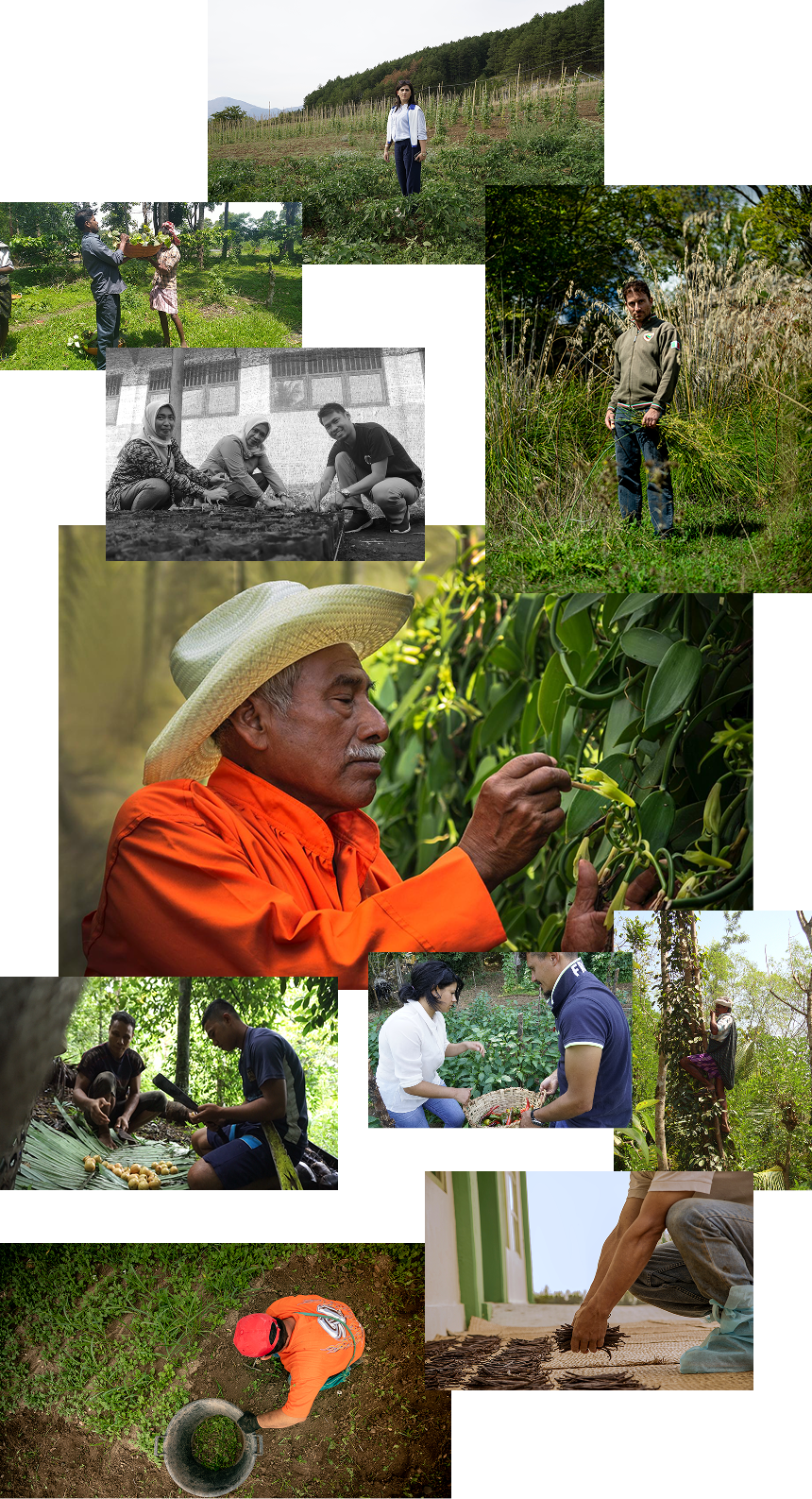Natural resources such as Native Spice plants produce goods and services that are vital for our existence including:
- for medicine, wellbeing, and to fight diseases;
- to produce oxygen, purify the air we breathe and the water we drink;
- to pollinate crops, for soil fertility and stability, and to produce food that nourishes us; and
- for the materials we wear or use to
build our homes.

